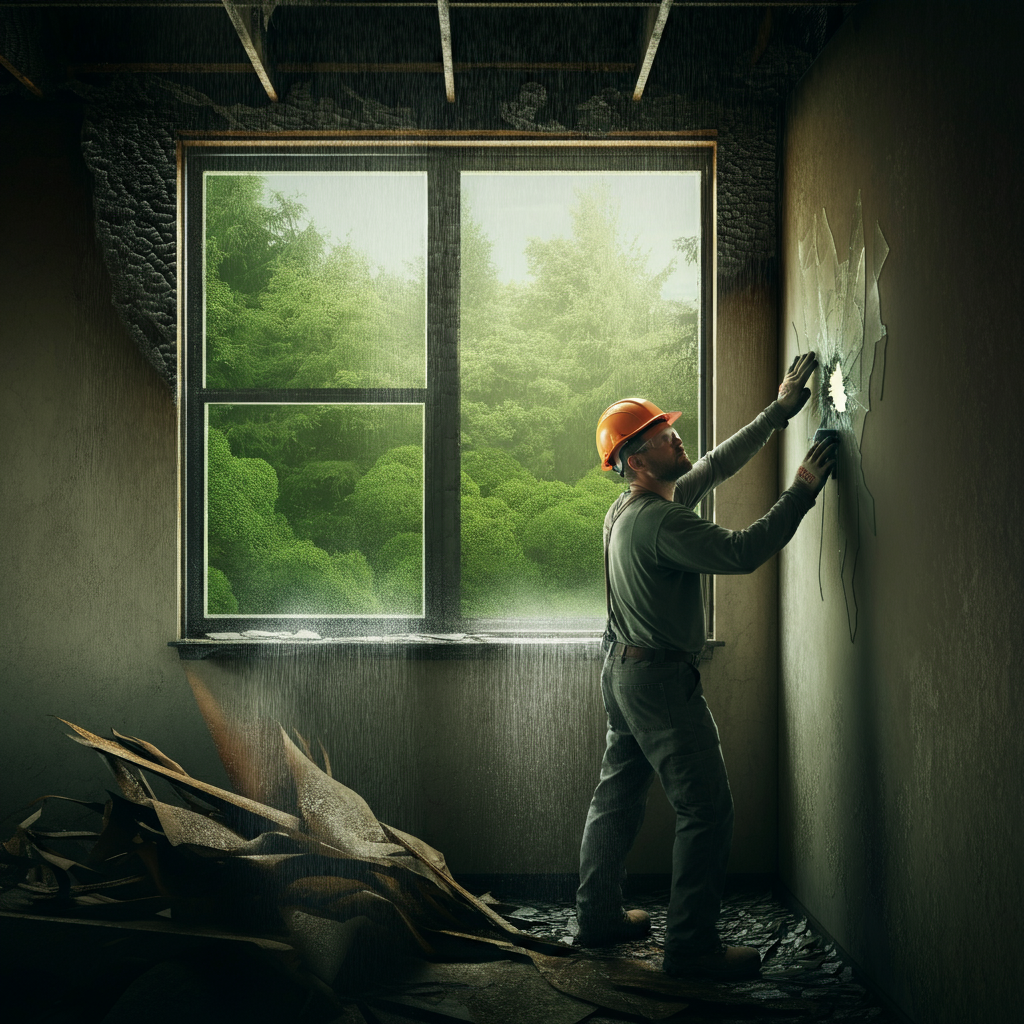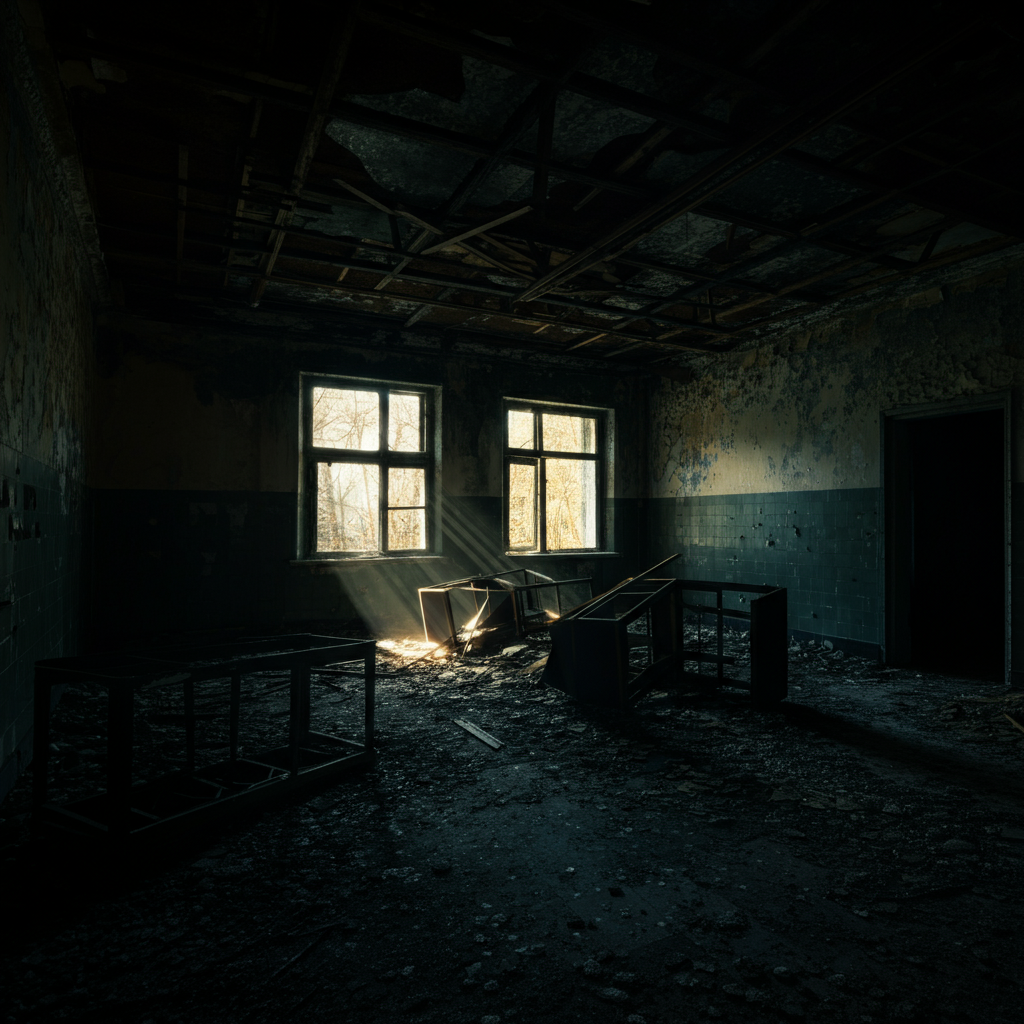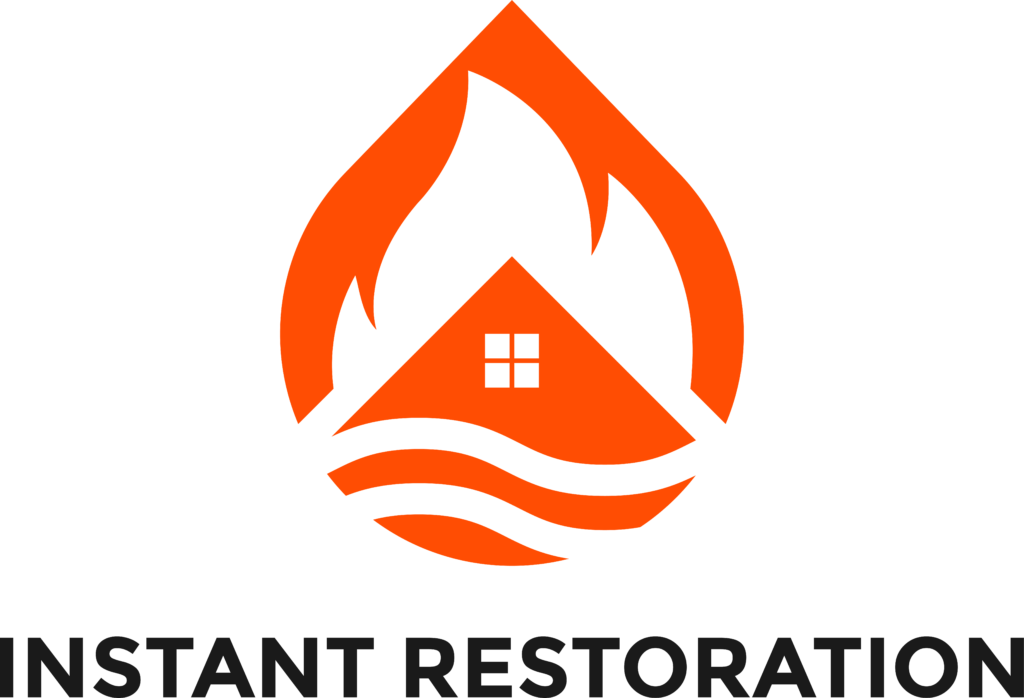Expert Restoration Tips to help with California fire damage.
California’s wildfire season poses a constant threat to both homes and businesses. Even when flames don’t directly reach a property, heat, smoke, and airborne embers can cause extensive damage. If you’re a homeowner or business owner recovering from a fire event, it’s critical to understand how fire damage restoration works and how to spot signs of hidden issues like wall bubble, water damaged walls, or bubbles in wall paint.
This guide will walk you through the effects of fire, how to choose a trusted restoration provider, and what to look for after a fire—especially when you notice suspicious wall water bubble patterns or find yourself asking, what is a water wall?
Dealing with Water Damaged Walls After Wildfires: Choosing the Right Fire Damage Restoration Service

The Destruction of Wildfires in California
Wildfires don’t just burn—they smolder, smoke, and contaminate. Even properties that remain standing may suffer from:
- Melted exterior siding
- HVAC contamination
- Smoke infiltration into walls and insulation
- Water damage from firefighting efforts
This combination of fire and water exposure can result in structural instability and secondary damage. That’s why California homeowners must hire experienced fire damage restoration teams who understand how to restore both fire and water elements.
How Water Adds to the Damage
When emergency crews extinguish a fire, they often leave behind thousands of gallons of water. That water seeps into drywall, studs, and insulation, creating issues like:
- Wall water bubble marks and swelling
- Bubbles in wall paint from trapped moisture
- Hidden mold behind walls
Identifying the root cause of water damage, such as leaks or trapped moisture, is crucial for effective remediation.
If you notice water damaged walls or are unsure what is a water wall, it’s time to call in experts like Instant Restoration, who specialize in full smoke damage cleanup and water remediation.
Choosing a Qualified Restoration Partner
Don’t wait. Look for companies that offer:
- 24/7 emergency response
- Smoke and soot removal

- Drywall and ceiling repairs
- HVAC cleaning
- Moisture detection and fixing paint bubbles
Look for providers who offer comprehensive solutions to address both fire and water damage.
Make sure your chosen provider can identify and repair subtle signs like wall bubble areas and odor issues, which can linger long after visible debris is cleared.
Top Signs You Need Professional Fire Damage Cleanup
Fire can leave obvious destruction—charred furniture, soot-covered walls, and broken windows. But many of the most dangerous effects are hidden. Here’s what to look for:
Damp walls can also be a sign of underlying moisture issues that need to be addressed.
1. Bubbles in Paint and Drywall
If you notice bubbles in wall paint, wall bubble deformations, or swelling along baseboards, these are signs that water and heat have compromised your drywall. These symptoms indicate that moisture may be trapped behind the surface.
Cracks in the drywall can also indicate structural damage caused by water.
2. Discoloration or Softness in Walls
Water damaged walls often feel spongy or soft to the touch. If your walls discolor, buckle, or emit odors, that’s a red flag. Sometimes people describe it as discovering a wall water bubble they didn’t notice before.
In some cases, the plaster surface of the wall may also be affected by water damage.
3. Persistent Odors
Smoke odor can linger for months if not professionally addressed. Surface-level cleaning won’t cut it. This is where smoke damage cleanup from certified technicians becomes essential.
Using a dehumidifier can help reduce moisture levels and mitigate odors caused by water damage.
4. HVAC and Ventilation Issues
Smoke and soot often travel through ductwork. You may smell smoke when your air conditioning kicks on. This contamination not only affects air quality but can also circulate fire residue throughout your home.
Condensation in ductwork can also contribute to moisture problems and should be addressed.
If you recognize any of these signs, it’s time for an inspection by trained fire damage restoration professionals.
How Soot & Smoke Residue Affect Your Health & Property

Smoke and soot particles can pose serious health risks, especially after long-term exposure.
Moisture issues can exacerbate health problems by promoting mold growth and compromising indoor air quality.
Health Effects:
- Irritated eyes and throat
- Asthma flare-ups
- Headaches or nausea
- Long-term respiratory issues
High humidity levels can further exacerbate these health problems by promoting mold growth.
These health problems can be exacerbated if smoke particles are trapped behind drywall or in HVAC systems. Professionals like Instant Restoration provide deep smoke damage cleanup to restore air quality.
Property Damage:
Beyond visible stains, smoke and soot can:
- Discolor walls permanently
- Weaken electrical systems
- Damage furniture and textiles
- Create musty smells that don’t go away
Identifying the source of water damage is crucial for effective remediation and preventing further issues.
Over time, untreated damage can lead to expensive repairs. If left unchecked, even something as simple as fixing paint bubbles becomes more complex due to hidden mold and water saturation.
What Is a Water Wall & Why It Matters
In the context of fire damage restoration, a “water wall“ is a slang term that may refer to a wall that has absorbed high levels of moisture. After a fire, when sprinklers or hoses soak the structure, drywall can become saturated. This results in symptoms like:
- Wall water bubble formations
- Sagging walls or ceilings
- Mold growth inside wall cavities
Moisture trapped between layers of paint can lead to bubbling and peeling.
So, if you’re asking what is a water wall, think of it as an internal warning sign. You might not see standing water, but your walls are soaked and need professional drying.
Fixing Paint Bubbles & Other Surface Issues
Trapped moisture is the most common cause of bubbles in wall paint. After a fire, steam and water combine to lift paint from the surface.
Proper preparation before painting is essential to prevent issues like bubbling and blistering.
How to Address It:
- Scrape off damaged paint
- Use moisture meters to detect hidden water
- Dry the wall using commercial dehumidifiers
- Treat for mold if needed
- Repaint using a mold-resistant primer
Following these steps carefully will ensure a smooth and professional finish.
Note: DIY methods won’t fix deeper issues. For reliable fixing paint bubbles and comprehensive recovery, turn to experts who offer both fire and water restoration in one package.
Final Thoughts California Fire Damage

California fires are increasingly intense and unpredictable. When the smoke clears, your focus should shift to safety and restoration. Be on the lookout for hidden damage, such as wall bubble spots, water damaged walls, or suspicious bubbles in wall paint.
If you notice any signs of water damage, contact professionals immediately for an inspection.
And never ignore the air you breathe—smoke damage cleanup is crucial to restoring indoor health.
If you notice wall water bubble symptoms, wonder what is a water wall, or simply want expert help in fixing paint bubbles, reach out to the professionals at Instant Restoration. We offer rapid response, full-service restoration, and proven results.
Helpful Resources:
- FEMA Wildfire Recovery Guide
- California Department of Forestry and Fire Protection (CAL FIRE)
- EPA Guide to Indoor Air After Fires
These resources provide valuable guidance for dealing with fire and water damage.
